The next rocket to launch astronauts to the moon is nearing completion.
NASA's Space Launch System (SLS) continues to make progress toward its Artemis 2 mission planned for next year; SLS is currently being stacked inside the Vehicle Assembly Building (VAB) at NASA's Kennedy Space Center (KSC) in Florida. At this point, the final pieces of the rocket are being assembled.
The rocket's conical stage adapter, which connects the SLS core booster to the launch vehicle's upper stages, was added to the stack on Saturday (April 12), according to NASA. The next piece of the puzzle arrived a short three days later: The SLS interim cryogenic propulsion stage (ICPS) was transported to the VAB on Tuesday (April 15), after wrapping up testing and checkouts at KSC's Multi-Payload Processing Facility, NASA's Exploration Ground Systems team said in a post.
SLS will launch NASA's Orion spacecraft with NASA astronauts Reid Wiseman, Victor Glover and Christina Koch as well as Canadian Space Agency (CSA) astronaut Jeremy Hansen. The quartet will fly Orion on a course that runs around the moon and back to Earth on the first crewed mission of the Artemis Program.
Through Artemis, NASA hopes to establish a permanent presence on the moon before evolving the technologies used to start sending crewed missions to Mars.
Artemis 1 launched in November of 2022, sending an uncrewed Orion capsule on a 25-day mission to lunar orbit. Upon its return to Earth, that capsule splashed down in the Pacific Ocean off the coast of California. Artemis 2 won't actually enter lunar orbit in this way, but will rather circle the moon once on a free-return trajectory that keeps Orion on a constant course for Earth as it circumnavigates our celestial neighbor.
Progress Alert🛠️🚀 Teams with @NASAGroundSys have successfully stacked the launch vehicle stage adapter for @NASAArtemis II, bringing us one step closer to returning humans to the Moon.Learn more about this milestone: https://t.co/QciwQ80xBW pic.twitter.com/cMcijJLrLNApril 15, 2025
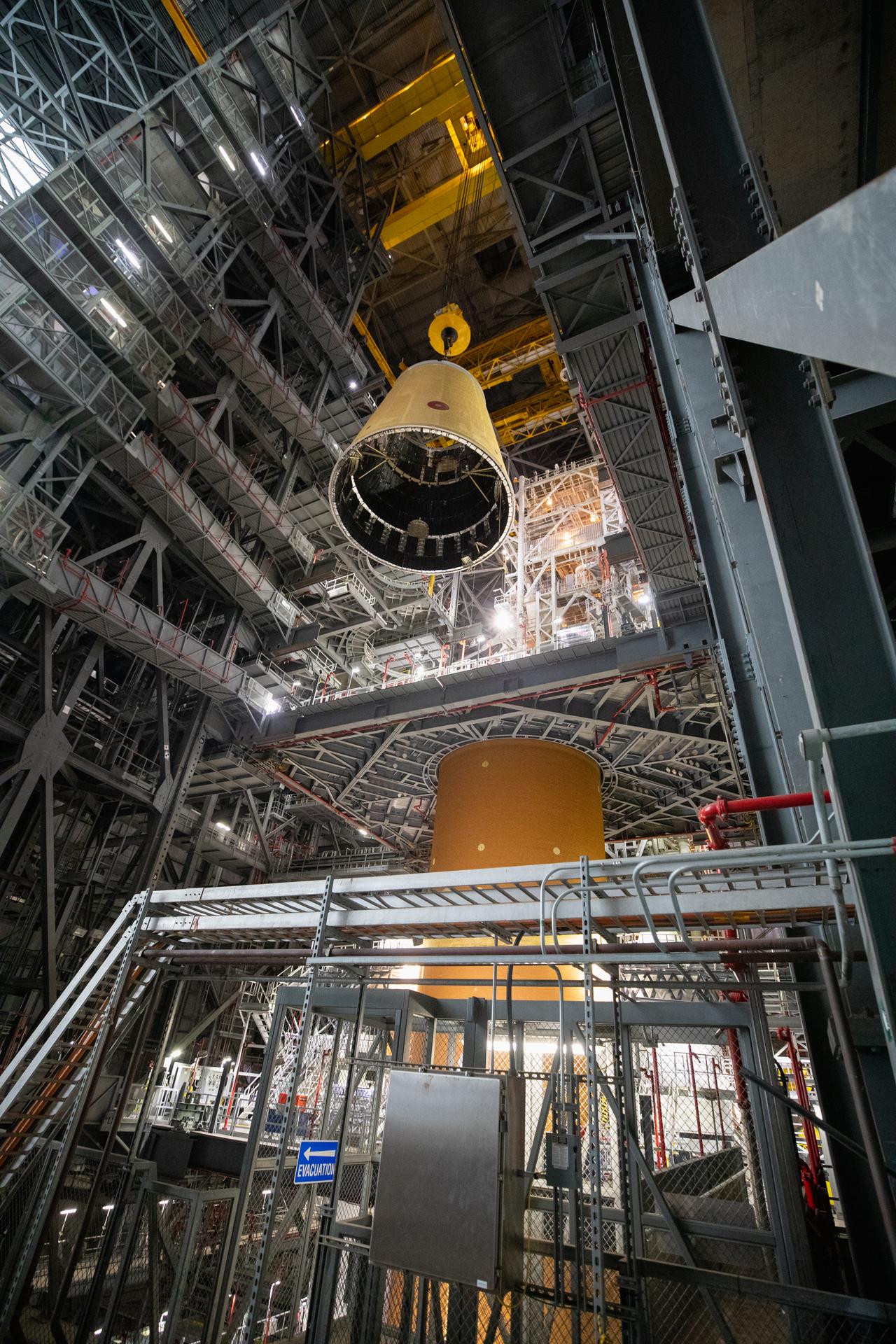
The interim cryogenic propulsion stage (ICPS) for the @NASAArtemis II mission has arrived at the Vehicle Assembly Building from the Multi-Payload Processing Facility at @NASAKennedy. Here, teams will stack the ICPS atop the @NASA_SLS Moon rocket. pic.twitter.com/K0JyDQAjYiApril 15, 2025
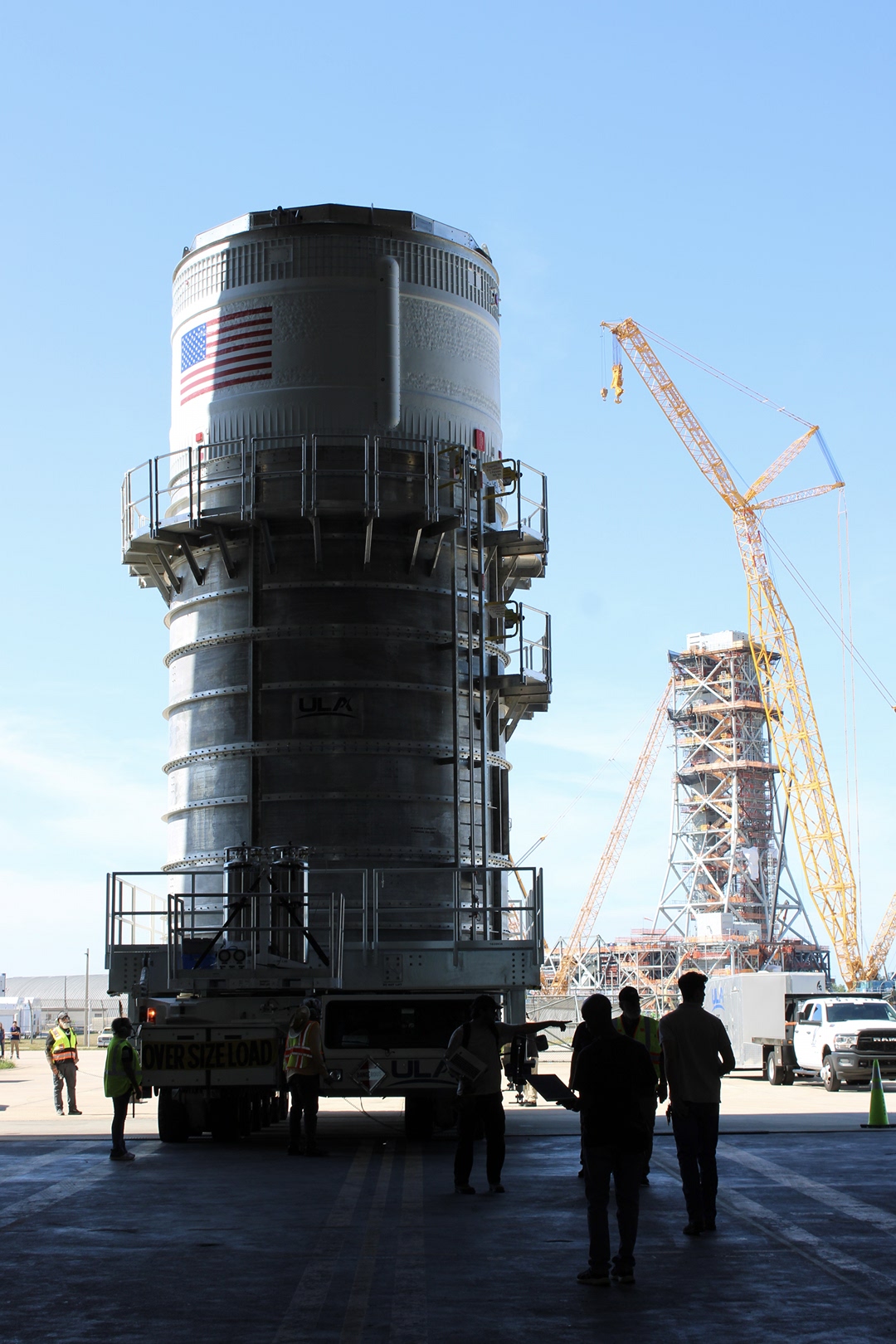
Artemis 2 is targeting a Spring 2026 launch and Artemis 3, NASA's mission to finally land astronauts on the moon, is scheduled to launch no earlier than 2027. Both missions had been expected to launch this year and next, but damage to Orion's heat shield during atmospheric entry at the end of Artemis 1 forced NASA to delay them each by more than a year.

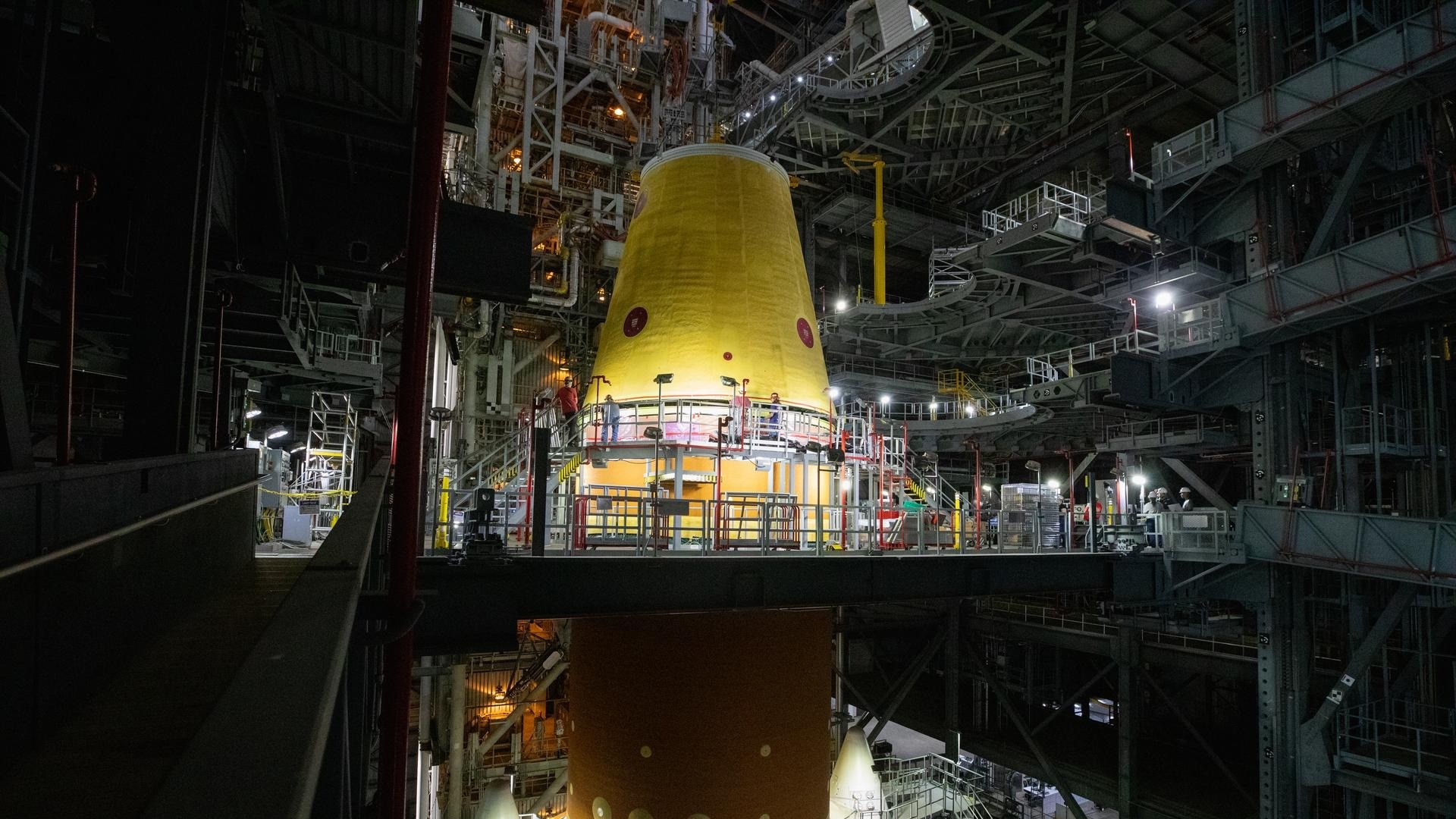
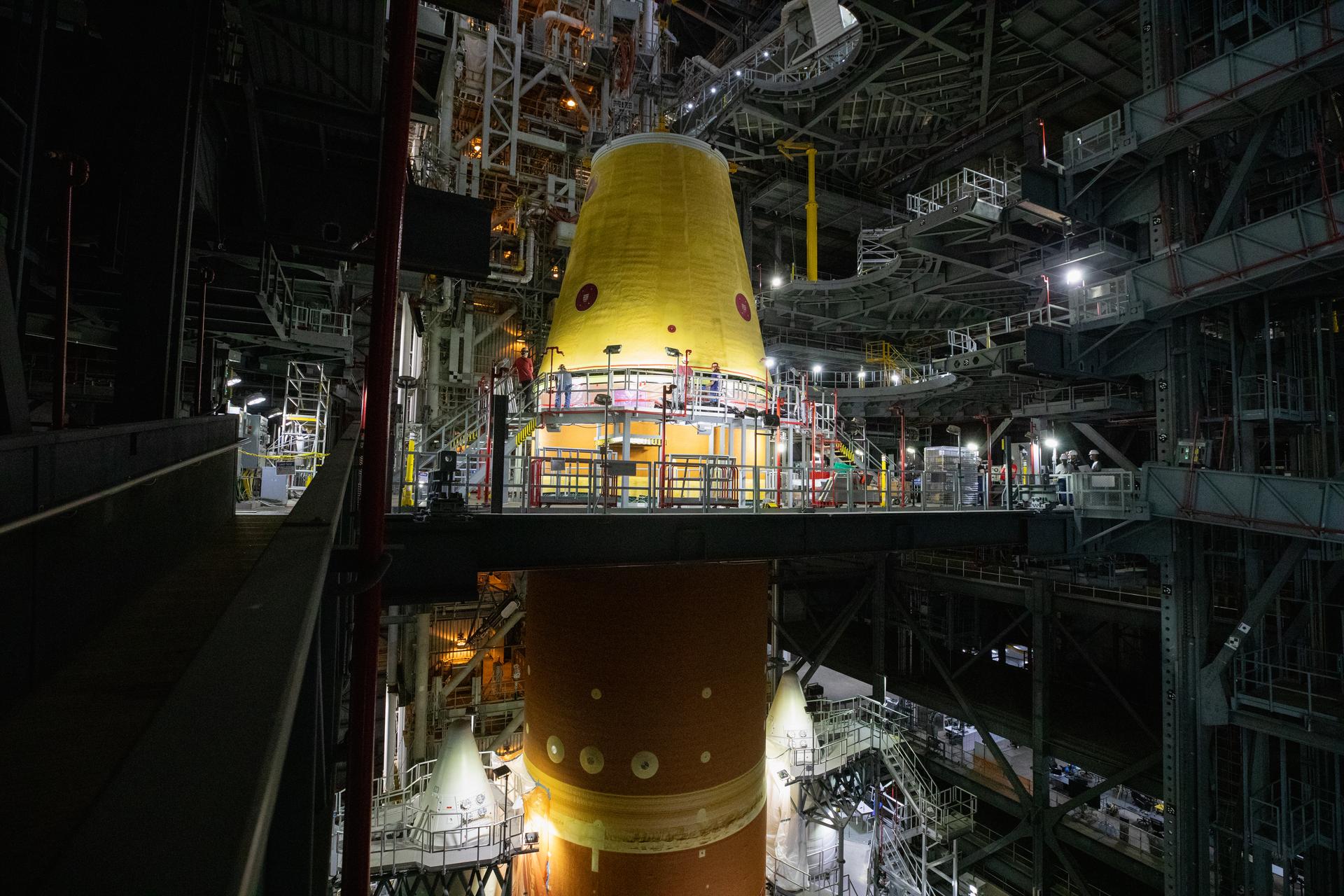
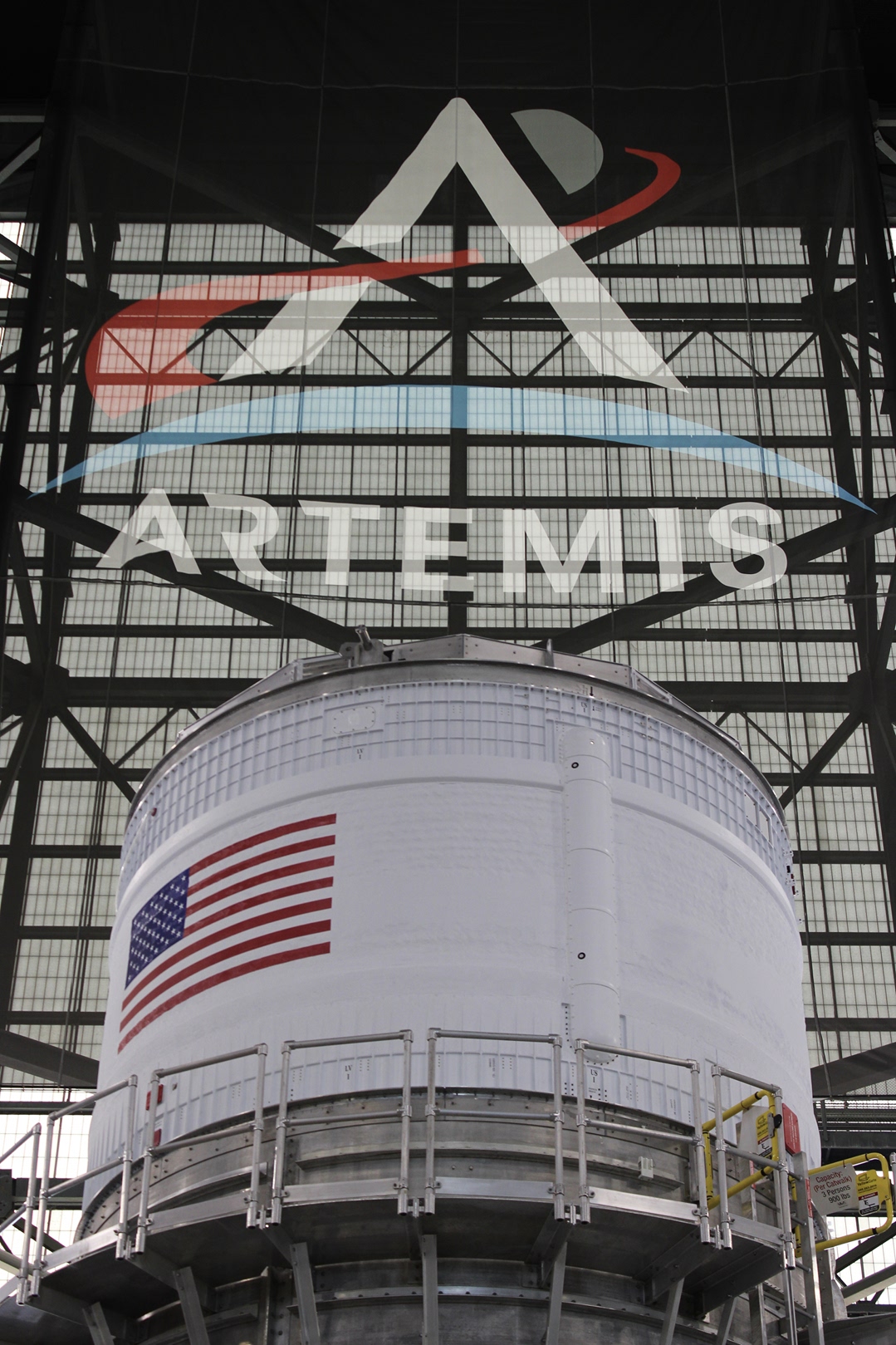
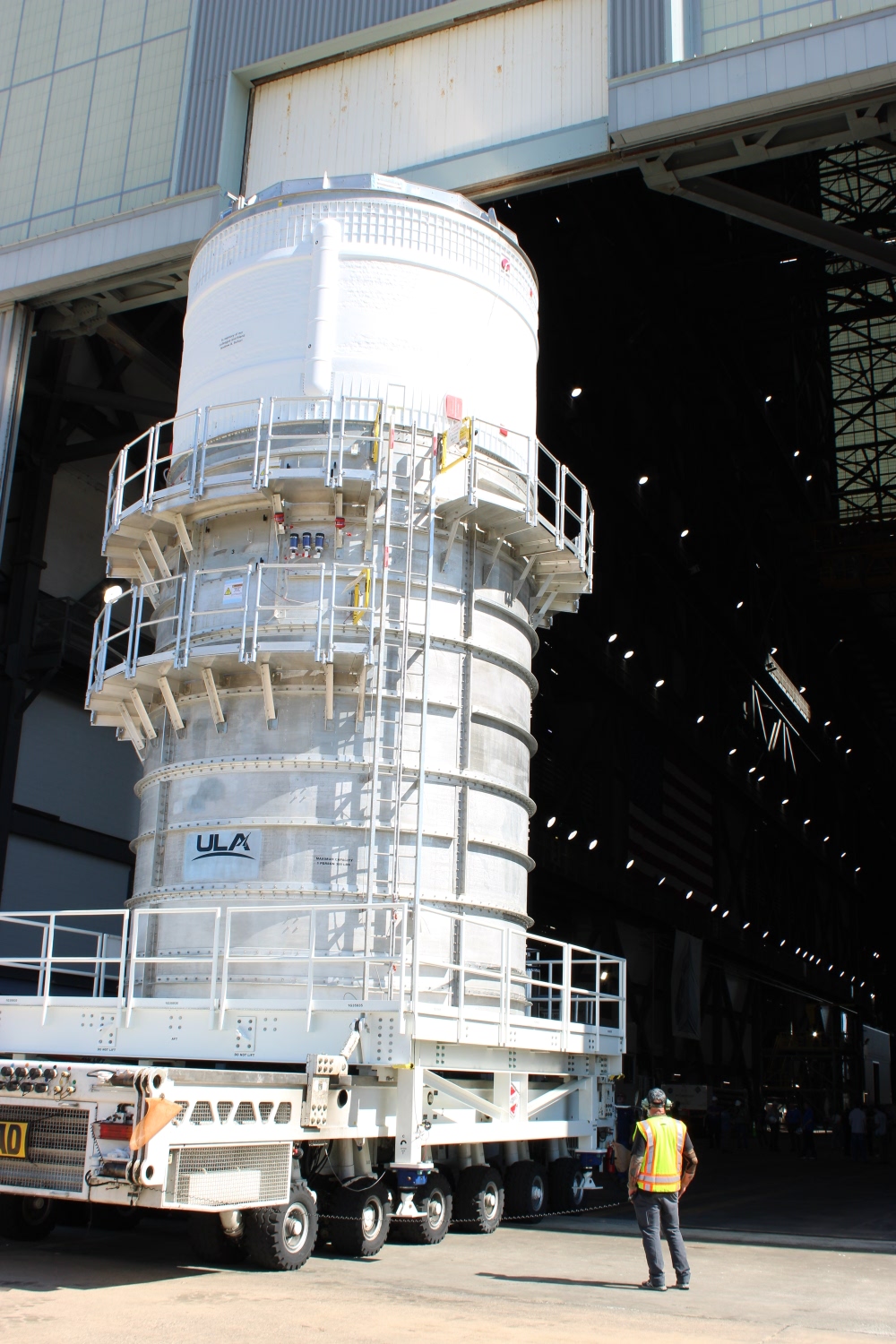
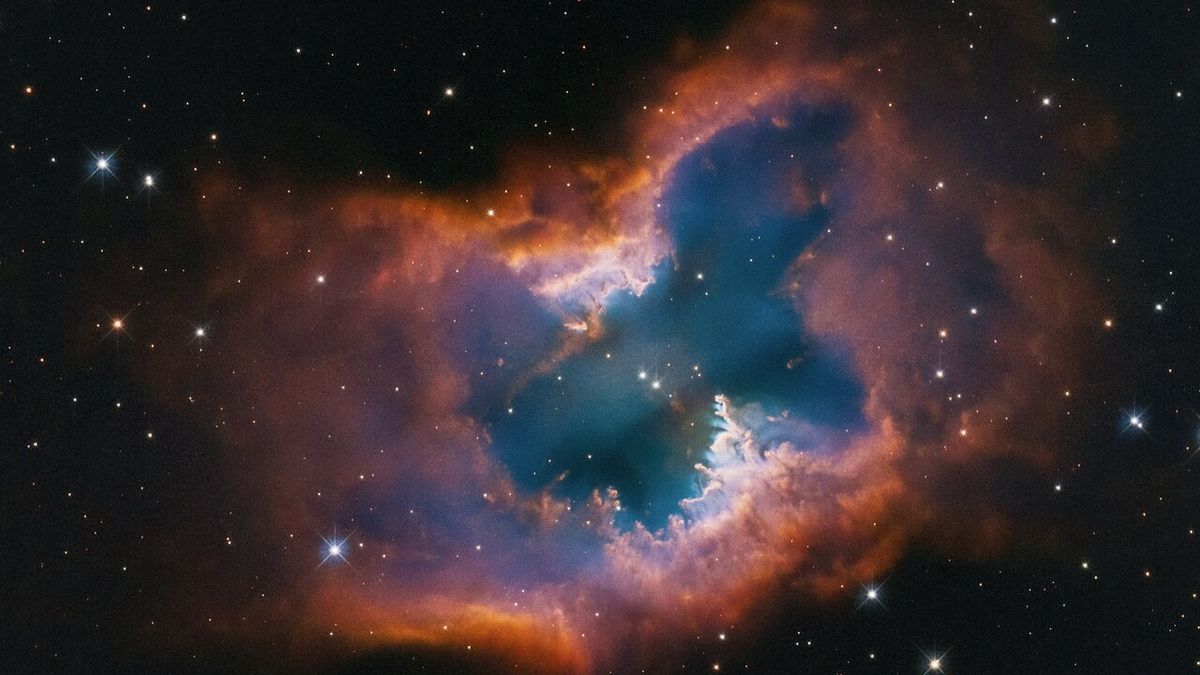





 English (US) ·
English (US) ·